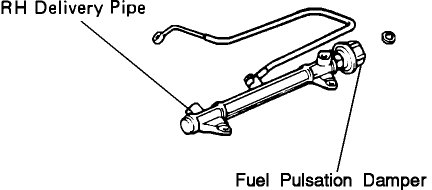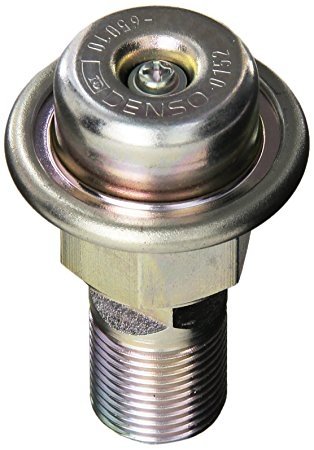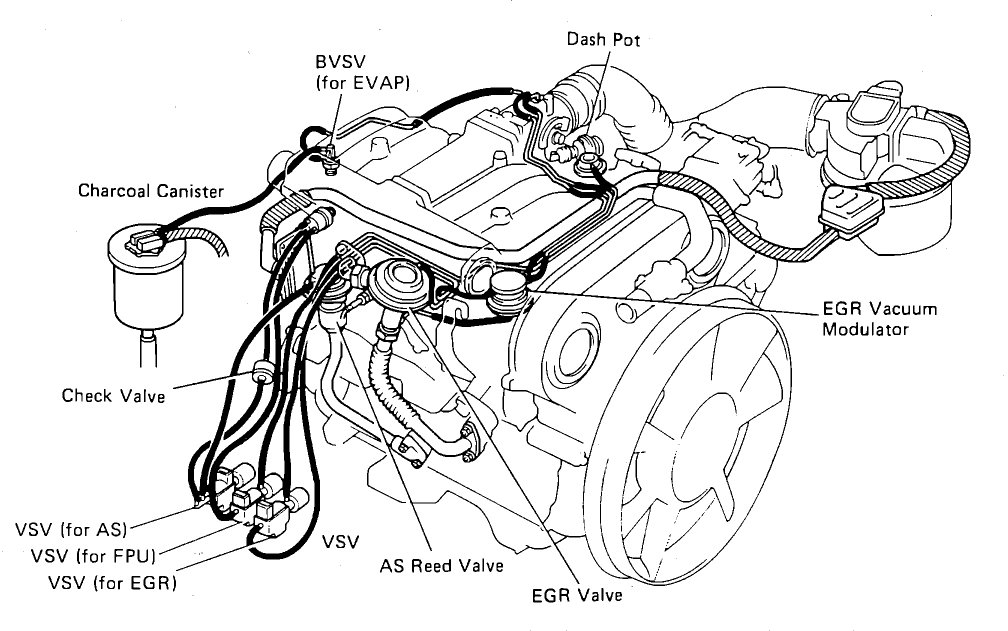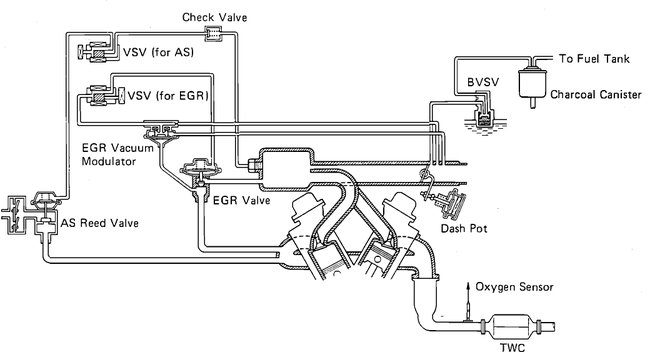Do not really know how long this has been happening bout after a while I noticed the smell of gas for a few months I would look and search for this smells source. After some months it got to the point of me having to find out where this smell is coming from. Finally I found the source and there is no information really about it. Before I knew the name I had to Google descriptions; yellow cap found by spark plug, yellow cap came off? Etc, finally I found something called the fuel regulator by after Googling the part it was not what I was looking at. Trying to figure this out. I saw a screw in the area of the yellow cap and grabbed it with a magnet without being able to really see I stuck me hand in this small space and believed to find where the screw went and after many fails finally screwed it in. I found out after searching for a screw being found the entire piece is called a fuel damper. Now the leak is not as bad. Should I really try to get the screw as tight as I can or is it going to eventually come out again?
Things to know:
The truck runs well and drives and the leak does not really cause the mileage to drop which is weird because the drips were anywhere from two to seven drips a second.
When facing the windshield from the hood The piece is in the back between the windshield and the engine in the middle I have to stand on the passenger side to even get it.
It is a piece of metal with the screw in it which is pushed out when pressure is high to release the pressure there is a yellow cap that covers it.
For a long time the screw is in a tight spot so I was not sure if I was not tightening or if it was and popping out. But once I pushed it in by hand it has not popped out but I do have to tighten every now and then?
But the smell still happens every now and then.
Should I get I get in there and get it tight or repack this one hundred dollar piece?
Saturday, May 5th, 2018 AT 9:37 PM



